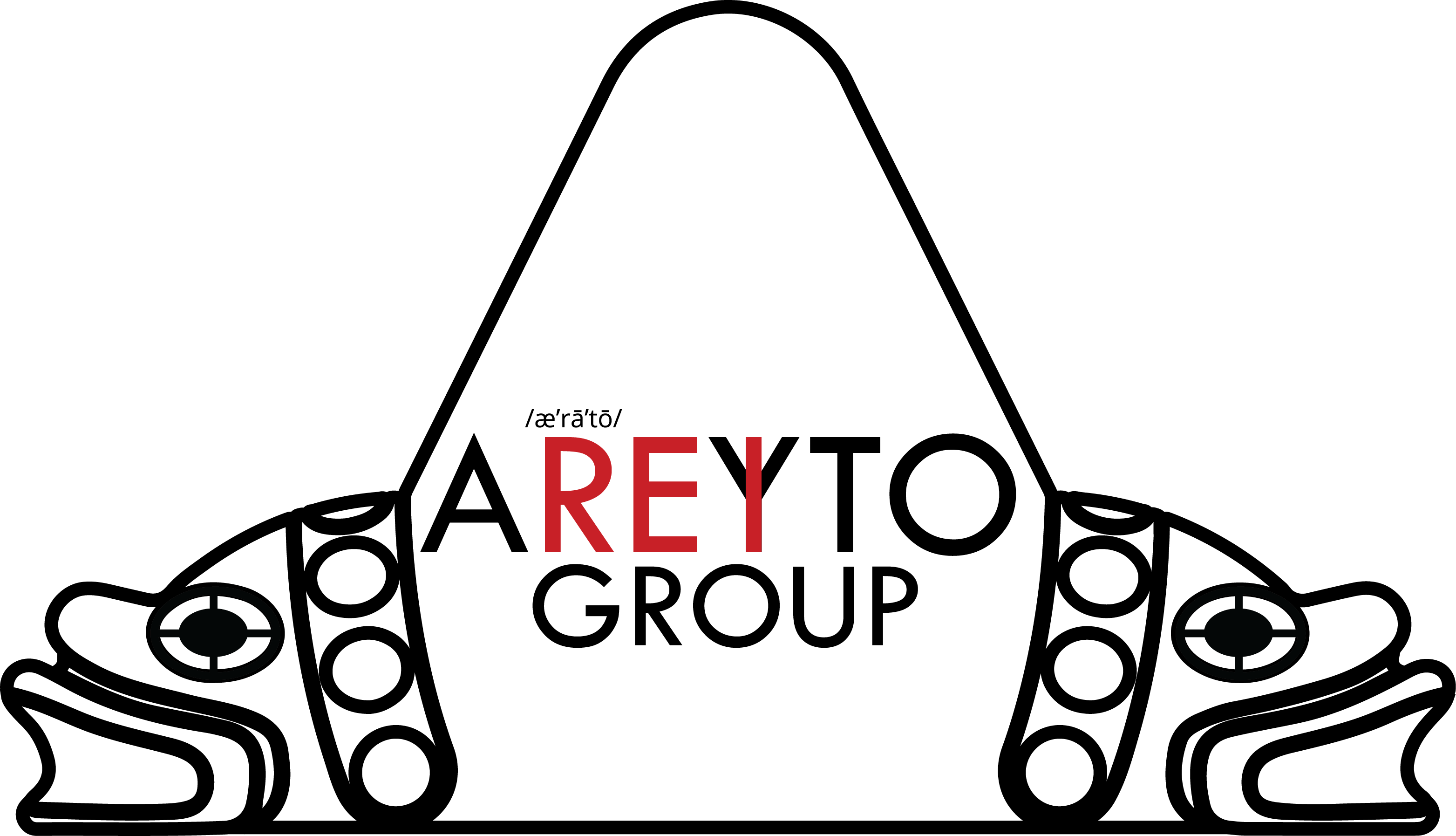 These days of Healthcare reform are requiring organizations to look at their existing processes and improve them. We sometimes hear words like “efficiency” or “productivity” following the “improve” piece. In my interactions with many healthcare organizations, it sometimes amazes me that people, very smart people, very often think that the only way to improve throughput of a process is to throw more resources at it. “We need more staff“, is a familiar cry for help we have heard often. Every time I hear this, however, I see it as an opportunity to familiarize healthcare providers and staff with the Theory of Constraints.
These days of Healthcare reform are requiring organizations to look at their existing processes and improve them. We sometimes hear words like “efficiency” or “productivity” following the “improve” piece. In my interactions with many healthcare organizations, it sometimes amazes me that people, very smart people, very often think that the only way to improve throughput of a process is to throw more resources at it. “We need more staff“, is a familiar cry for help we have heard often. Every time I hear this, however, I see it as an opportunity to familiarize healthcare providers and staff with the Theory of Constraints.
Let’s say we have a system that has three processes (e.g., check-in, treatment, discharge). Let’s also say that each of those processes has a maximum capacity of 24 patients per hour, 8 patients per hour and 12 patients per hour, respectively. If I were to ask you now: “What is the maximum throughput of this system?“, what would you answer?
The correct answer is 8 patients per hour. That hopefully is easy to understand from the picture above. Now, if I were an administrator and I add staff all across this process to the point that I double my throughput for each step to 48 patients per hour, 16 patients per hour and 24 patients per hour, what do you think? Is that the right answer? Well, let’s see. My new system has a capacity of 16 patients per hour, limited again by my second process (treatment). My original system had a first step that was capable of handling 24 patients per hour, so, why do I need to add more resources to that step if I am not going to get anything out of it? “But, I DID increase the capacity of my system!” You did, but clearly NOT in the most efficient way. So, how do I know what the most efficient way to increase my throughput is? Answer: Theory of Constraints.
The Theory of Constraints was introduced by Eliyahu Goldratt in his book, The Goal. The Theory of Constraints teaches us that there are many things we can and must do to a system to increase the efficiency before adding any resources. In fact, Mr. Goldratt gives us Five Steps to carry out to increase the throughput of any system, as follows:
- Identify the constraint. A lot of people understand the concept of a bottleneck. In healthcare, there are many bottlenecks and, in my experience, people spot them rather easily. A bottleneck is nothing else than a constraint. It is the rate-limiting step of your process or system.
- Decide how to exploit the constraint. This is not as straightforward as the previous one, but, allow me to explain. Exploiting the constraint means we are going to make sure we are getting everything we can out of that step. It means we need to make sure that constraint is working around the clock and that it is being maximized. An activity common to this step and in line with our Lean concepts is eliminating waste at this step (first). Activities such as 5S, Visual Management, Standardized Work, SMED, among others are typical of this step.
- Subordinate everything else to the constraint. Every other step before and after that constraint must now be designed or modified so that it enables the constraint to work at maximum efficiency per the previous step. Subordination means that the efficiency of any step or process that is not the rate-limiting one is not a priority at this point. We may sacrifice efficiency in non-constraining steps in order to increase the efficiency of the whole system. Establishing a kanban system is probably the most often-used concept at this point.
- Elevate the constraint. If the previous two steps (exploit and subordinate) have not removed our constraint, we must take more aggressive measures. Establishing a Total Productive Maintenance (TPM) program is part of this step. Introducing mistake-proofing (poka-yoke) devices and autonomation (jidoka) are also used often during this phase. It is not until this step that we may consider more significant investments, such as adding more equipment or staff. We must however focus on carefully assessing the effectiveness of such investments and monitor it closely.
- Repeat the process. If the above four steps eliminated the constraint, another process is now our rate-limiting one. Repeat the above four steps to continue increasing throughput in a systematic way, rather than just throwing resources at the whole system all at once.
“More people“, “More real estate“…
While it may at first seem that the solution to our problems is “more staff” or “more equipment” or even “more space”, these are rarely the very first solutions we must try. By using the concepts of the Theory of Constraints, we will be able to systematically identify and eliminate constraints, setting us well on our way to continuous improvement.
Do you have good examples of applications of the ToC in healthcare or other industries?
